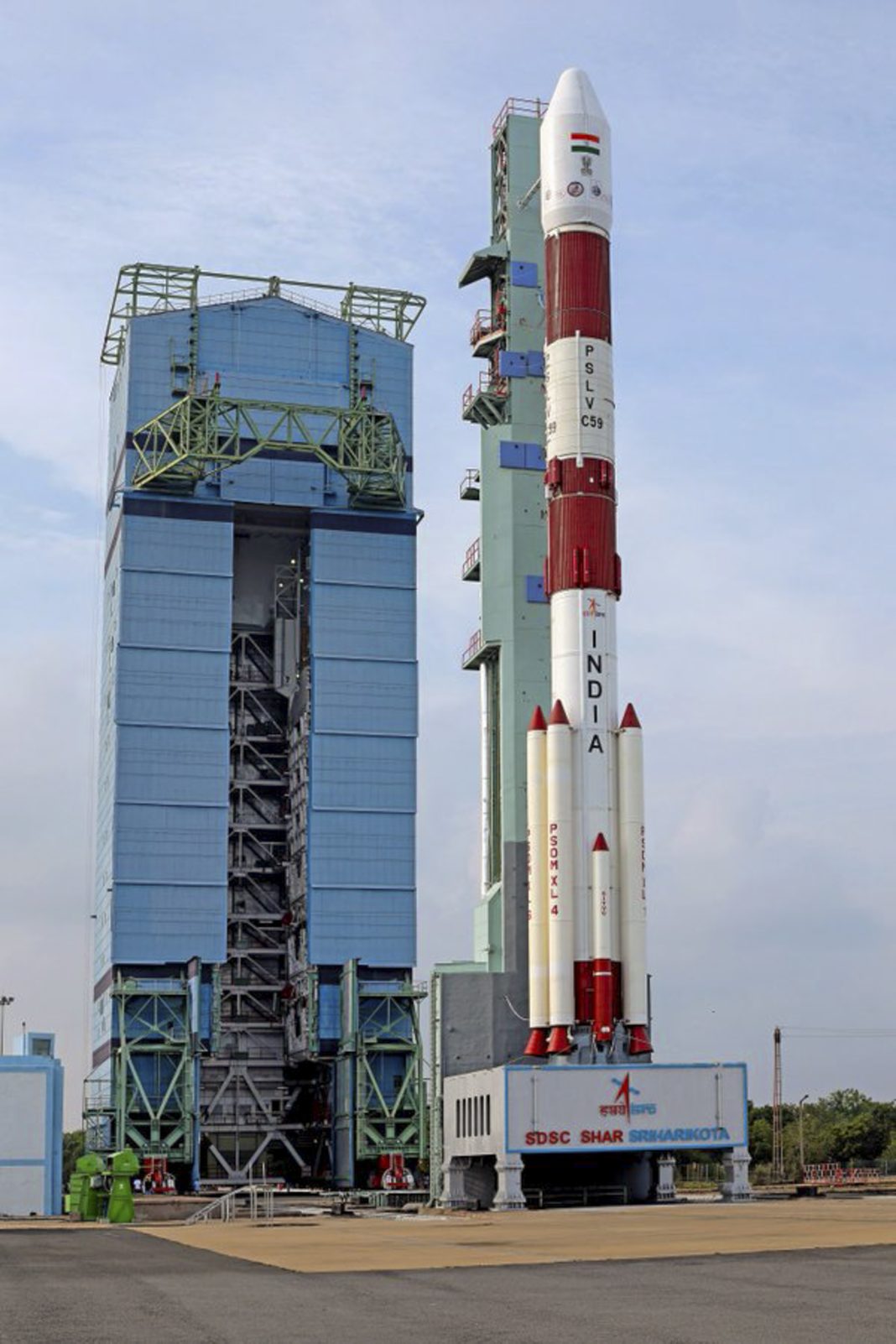Sriharikota (Andhra Pradesh), Dec 5: ISRO on Thursday commenced a revised 8.5 hour countdown for the launch of the European Space Agency’s Proba-3 mission.
The Bengaluru-headquartered space agency had originally planned to launch European Space Agency’s (ESA) Proba-3 at 4.08 pm on Wednesday from the spaceport here. However, minutes before the lift-off, following the request from the European Space Agency, ISRO rescheduled the launch of PSLV-C59/PROBA-3 to December 5, 4.04 pm.
It was rescheduled following an anomaly detected in the satellite propulsion system.
In an update on Thursday, ISRO said, “PSLV-C59/PROBA-3 Mission. Countdown commenced. Lift-off time 16.04 pm IST, 5th December 2024. Stay tuned as PSLV-C59 prepares to deploy ESA’s Proba-3 satellites into orbit.”
NewSpace India Ltd, the commercial arm of ISRO has bagged the order from the ESA.
The Proba-3 (Project for Onboard Anatomy) consists of two satellites — Coronagraph (310kgs) and Occulter (240kgs) — in which two spacecraft would fly together as one, maintaining precise formation down to a single millimetre to study the Corona, the Sun’s outer atmosphere.
The ESA said the Corona is much hotter than the Sun itself and it is where space weather originates. It is also a topic of widespread scientific and practical interest.
For ISRO, besides providing its trusted workhorse PSLV vehicle for the launch, this mission would provide key insights on taking up scientific experiments on the Sun after its maiden mission–Aditya-L1 which was successfully launched in September 2023.
Proba-3 is a technology demonstration mission funded via the General Support Technology Programme. The instruments onboard the satellites would travel closer to the solar rim for up to six hours at a time and each spacecraft would take up approximately a 19-hour orbit around the Earth.
‘Probas’ is a Latin word, meaning ‘Let’s try’.
The mission objective is to demonstrate precise formation flying and the two spacecraft inside the satellites would be launched together in a stacked configuration after the desired orbit level is reached.
PSLV-C59 is a 44.5 metre tall rocket and is on its 61st flight and the 26th with the PSLV-XL variant which is normally used to place heavy satellites.
After the lift-off (4.04 pm) the two satellites (Coronagraph and Occulter) would undertake an 18-minute journey to reach the desired orbit.
The two spacecraft after reaching the preparatory conditions, would fly 150 metres apart (as one large satellite structure) in tandem so that the ‘Occulter’ spacecraft would block out the solar disk of the Sun enabling ‘Coronagraph’ to study the corona of the Sun or the surrounding atmosphere, for scientific observation. (PTI)




